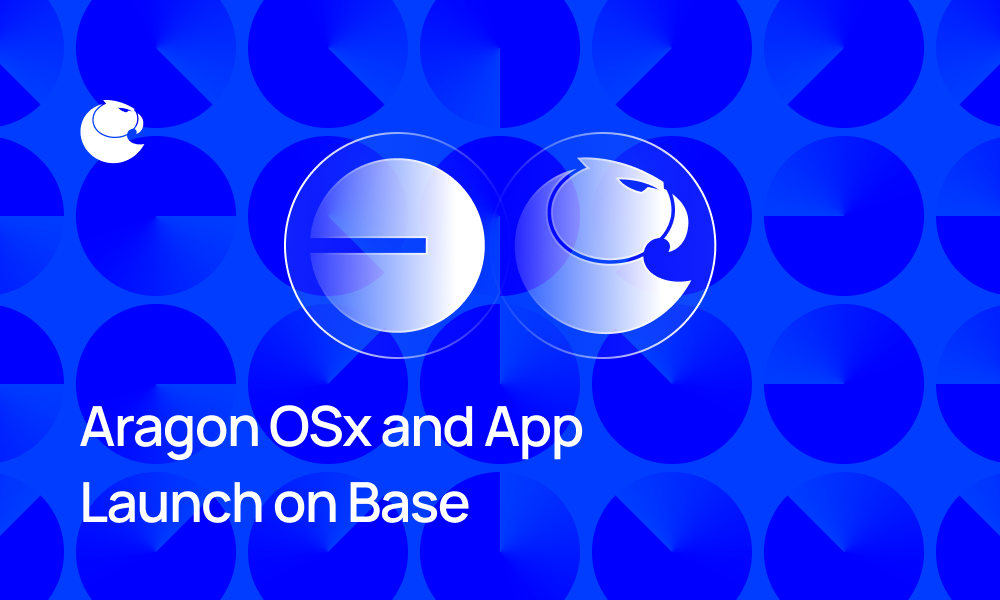Terra takes decisive action to alleviate network congestion caused by transaction surges.

Following a significant surge in trading activity on the X platform, Terra experienced notable network congestion issues. To address these challenges head-on, the TerraForm Labs (TFL) core team quickly implemented a series of solutions aimed at stabilizing the network and improving user experience.
These actions reflect the company’s commitment to maintaining a robust and efficient blockchain infrastructure that is important to its growing user base and the broader cryptocurrency community.
Immediate action to ensure network stability
In response to the unexpected surge in trading activity that was straining the network, the TFL core team took immediate action. The first solution was to work with Terra validators to increase the minimum gas fee required to execute transactions on the network. This strategic move aims to prevent spam transactions, which are often a major cause of network congestion. Increasing gas fees will ensure that only transactions that users deem necessary and valuable are processed, effectively reducing unnecessary load on the network.
In addition to the gas fee increase, the TFL core team implemented a non-consensus interrupt patch, an important technical update for Terra validators. This patch is specifically designed to reduce the number of invalid transactions occurring in each block. These enhancements are important to ensure that the network operates more efficiently and effectively by streamlining the block creation and verification process.
The deployment of this patch highlights the commitment of the TFL core team to quickly resolve network issues. The ability to quickly implement technical solutions not only demonstrates expertise, but also strengthens the trustworthiness and user-friendliness of the Terra network, maintaining its status as a trusted platform in the blockchain community.

Future-Proof Terra: Exploring Dynamic Fee Models
In addition to these immediate actions, the TFL core team is also exploring future-proofing the Terra network against similar congestion issues. Recognizing the limitations of manual intervention during periods of severe network stress, the team is exploring the possibility of developing a dynamic fee model. The innovative approach automatically adjusts the minimum gas fee on the Terra network based on fluctuations in demand and network activity levels.
Implementation of a dynamic fee model represents a forward-looking strategy to improve network scalability and reliability. These models allow the network to adapt in real time to changing conditions, allowing Terra to efficiently process high volumes of transactions without compromising speed or user experience.
This proactive approach to network management demonstrates Terra’s commitment to innovation and commitment to providing a seamless experience for users.
conclusion
Terra’s response to recent network congestion issues demonstrates the platform’s agility and commitment to maintaining a high-performance blockchain ecosystem. The out-of-the-box solutions implemented by the TFL core team, along with the exploration of dynamic fee models, play a pivotal role in Terra’s ongoing efforts to optimize the network. As Terra continues to grow and attract more users and transactions, these actions will be critical to ensuring that the platform maintains momentum while providing a reliable and efficient service to the community.



